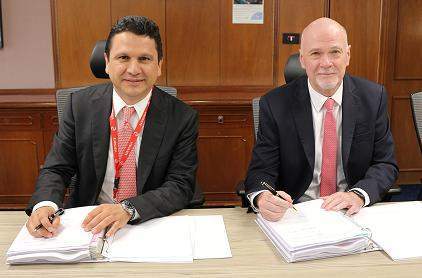
Under the terms of the deal, Occidental Andina will own a stake of 50% in each of Putumayo-9, Terecay, Tacacho and Mecaya blocks if it covers the funding of a $93.25m exploration and appraisal program between 2019 and 2021. In this regard, the company, which is an affiliate of Occidental Petroleum, will fund 85% of a $65m 2D seismic survey and 100% of the $38m planned drilling program.
As per the terms of the agreement, Amerisur’s OBA pipeline will provide dedicated transport capacity for transporting the oil produced from the farm-out blocks with a commercial tariff charged for the share of Occidental Andina.
The operator of the four exploration blocks will be Amerisur Exploracion Colombia, a subsidiary of Amerisur. The farm-out blocks span over 1.4 million acres and hold prospective resources of 656 MMBO, said the UK-based oil and gas company, which has assets across Colombia and Paraguay.
Amerisur CEO John Wardle said: “The farm out recognises the significant value we have created during our growth phase over the last few years and this transaction will now amply fund, widen and bring forward our exploration programmes in the Put-9, Tacacho, Terecay and Mecaya properties, which we and our new partner believe to hold very substantial resource potential.
“As operator, we are already working on the programmes to be executed in these blocks and expect to progress those activities in the near term.”
Amerisur revealed that the work program for the blocks will see the acquisition of 878km of 2D Seismic along with drilling of five exploration wells.
The closing of the farm-out deal is subject to approval from the Agencia Nacional de Hidrocarburos (ANH).
Amerisur chairman Giles Clarke said: “The farm-out to Occidental Andina is a strong endorsement of the attractiveness of our acreage position in the Putumayo basin and Colombia, which we built at low cost in the oil market downturn, and the value of the OBA pipeline for the evacuation of oil from these blocks.
“It accelerates our upcoming work programme while significantly reducing our future capex requirements.”






